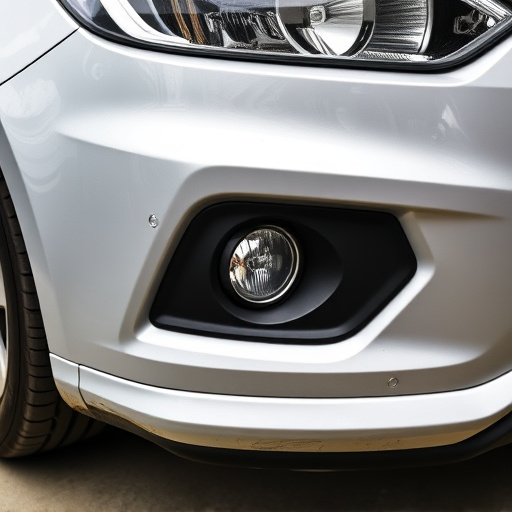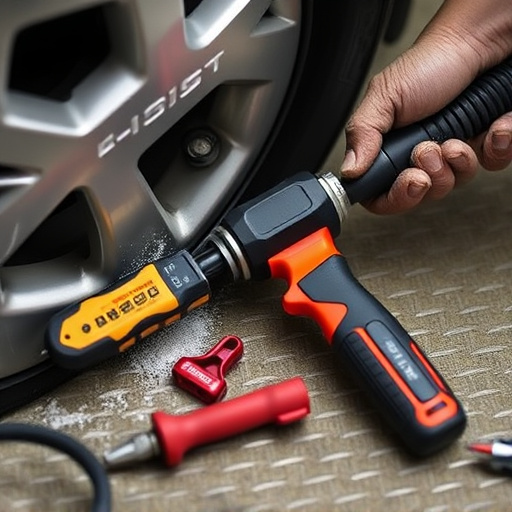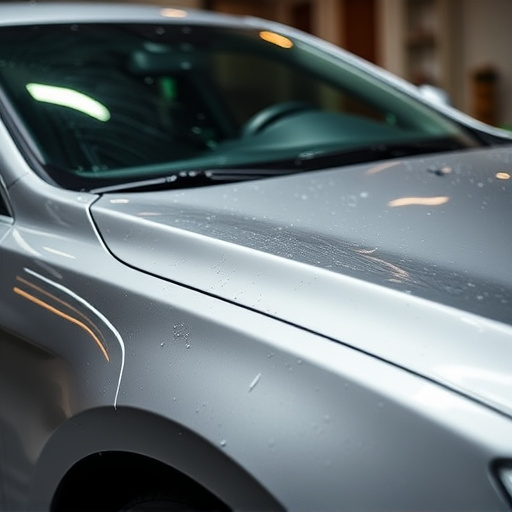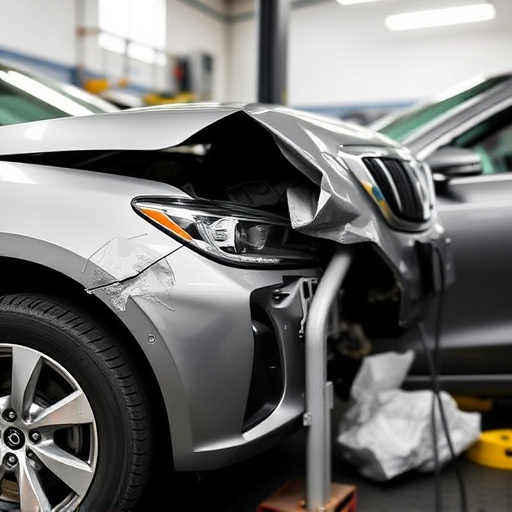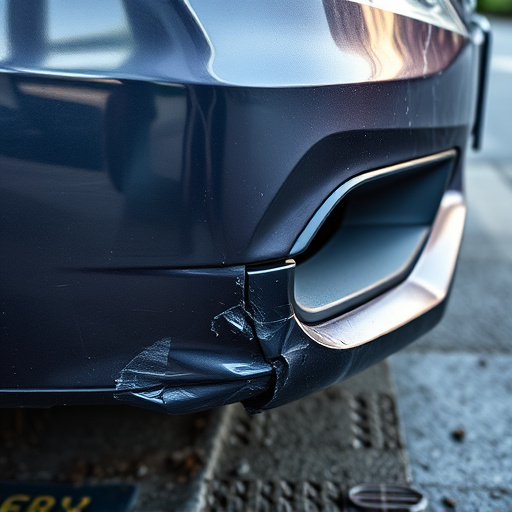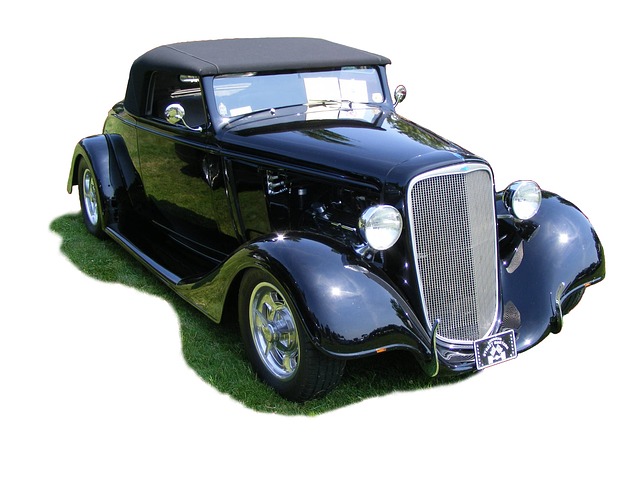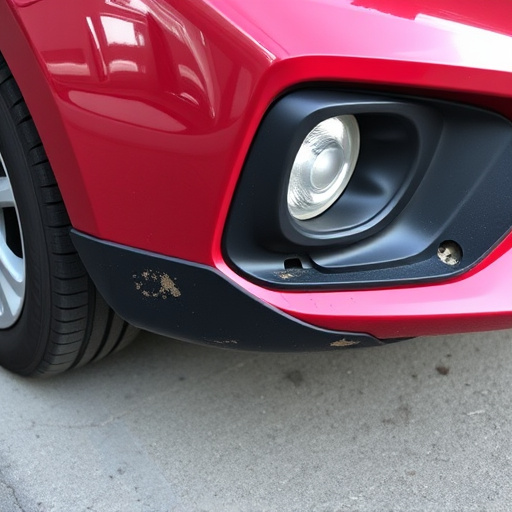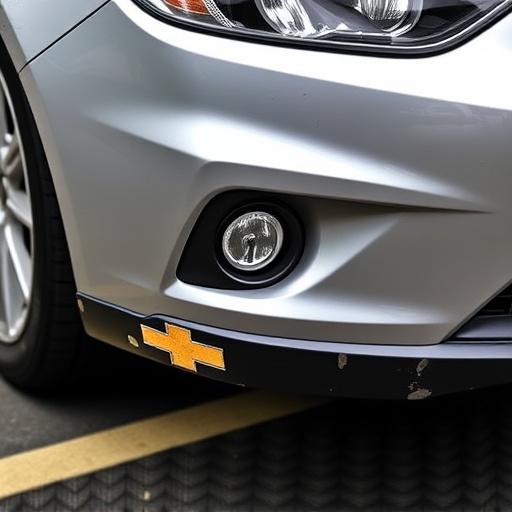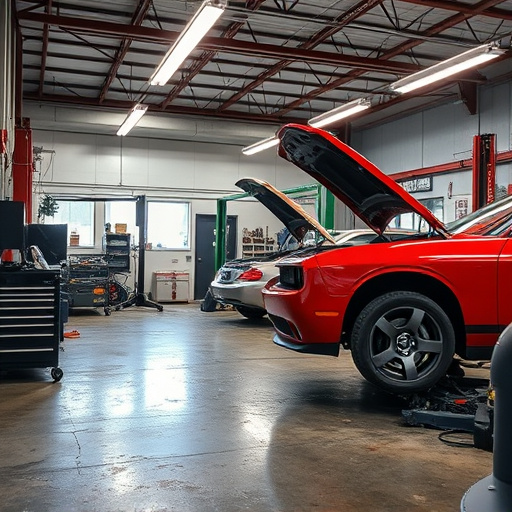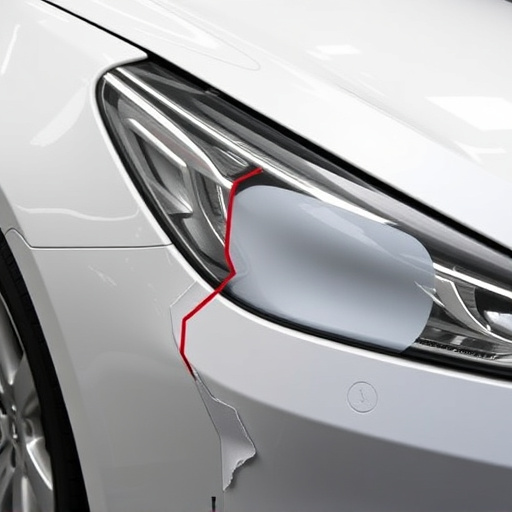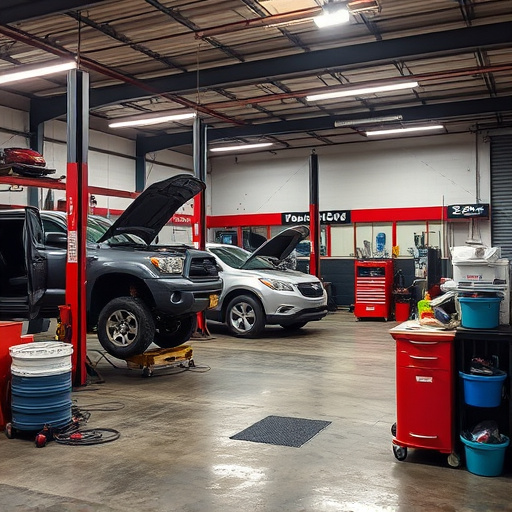Before collision repair services, conduct a thorough vehicle inspection for damage, gather relevant documents, and clean your car to ensure accurate assessments, quotes, and claim submissions. Understand the multi-step process, including assessment, detailed estimating, and restoration, to make informed decisions about your vehicle's repair.
Preparing your car for collision repair services involves several crucial steps. Begin by assessing the damage and gathering all necessary documents, including insurance papers and vehicle registration. Next, clean and prepare your vehicle for the repair process, ensuring it’s free from dirt or debris. Understand the intricacies of the repair process and obtain a detailed estimate to plan accordingly. These steps will ensure a smooth collision repair experience, getting you back on the road safely and efficiently.
- Assess Damage and Gather Necessary Documents
- Clean and Prepare Your Vehicle for Repair
- Understand the Repair Process and Estimate
Assess Damage and Gather Necessary Documents
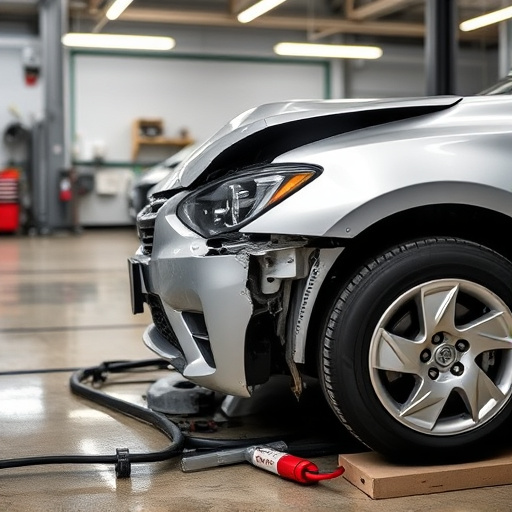
Before scheduling collision repair services, it’s crucial to assess the damage to your vehicle thoroughly. Start by inspecting every part of your car, noting any dents, scratches, or breaks in the vehicle bodywork. Check for dings on fenders, cracks in headlights, and misalignments in doors. This visual evaluation will give you a preliminary understanding of what needs attention during repair.
Gather all necessary documents related to auto maintenance and insurance claims. Keep records of previous service histories, warranty information, and any correspondence with your insurance provider. Having these documents ready ensures a smoother process when dealing with collision repair services, as it allows for quicker assessments, accurate quotes, and efficient claim submissions.
Clean and Prepare Your Vehicle for Repair
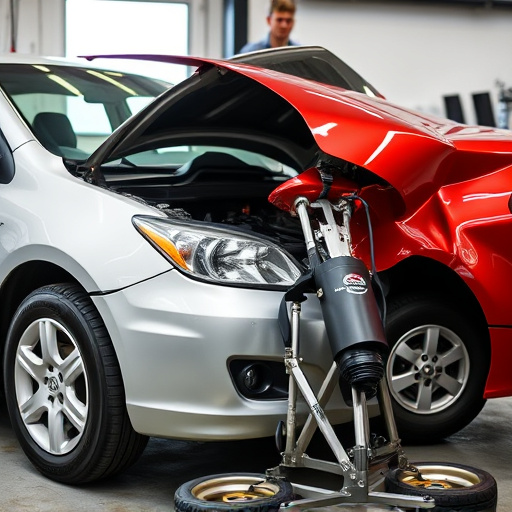
Before collision repair services begin, it’s crucial to prepare your vehicle for the process. Start by thoroughly cleaning your car inside and out. A fender bender or minor accident can leave behind dust, dirt, and debris that could impact the quality of the repair. Use dedicated car washing products and a soft cloth or sponge to remove all traces of grime, ensuring every surface is spotless.
Once cleaned, inspect your vehicle for any pre-existing damage or cosmetic issues. This includes checking for dents, scratches, or rust. Preparing your car by addressing these concerns beforehand can streamline the autobody repairs process. Additionally, it allows you to communicate accurately with automotive repair services providers about necessary fixations during the collision repair services session.
Understand the Repair Process and Estimate
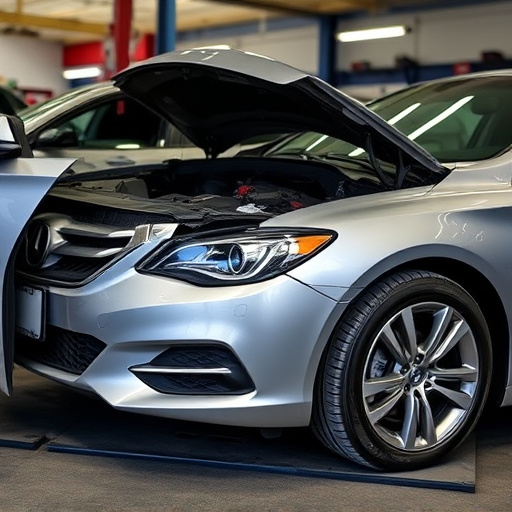
Before you begin the process of preparing your vehicle for collision repair services, it’s crucial to understand what lies ahead. Collision repair is a multi-step process that involves both replacement and rebuilding components damaged in an accident. The first step is an assessment where experts inspect the extent of the damage, from minor car scratch repairs to more significant structural issues. This evaluation helps in providing you with a detailed estimate outlining the cost of parts and labor.
The estimate serves as your guide, giving a clear picture of what’s involved in restoring your car to its pre-accident condition. It includes not just the visible fixes but also hidden damage that might require specialized car bodywork services. Understanding this process equips you with valuable knowledge, ensuring transparency when engaging collision repair services and helping you make informed decisions about your vehicle’s restoration.
When preparing your car for collision repair services, ensuring a thorough assessment of damage, having all necessary documents in order, and cleaning your vehicle are key initial steps. Understanding the repair process and obtaining a detailed estimate will empower you to make informed decisions. By following these steps, you’ll be well on your way to a successful collision repair experience.
